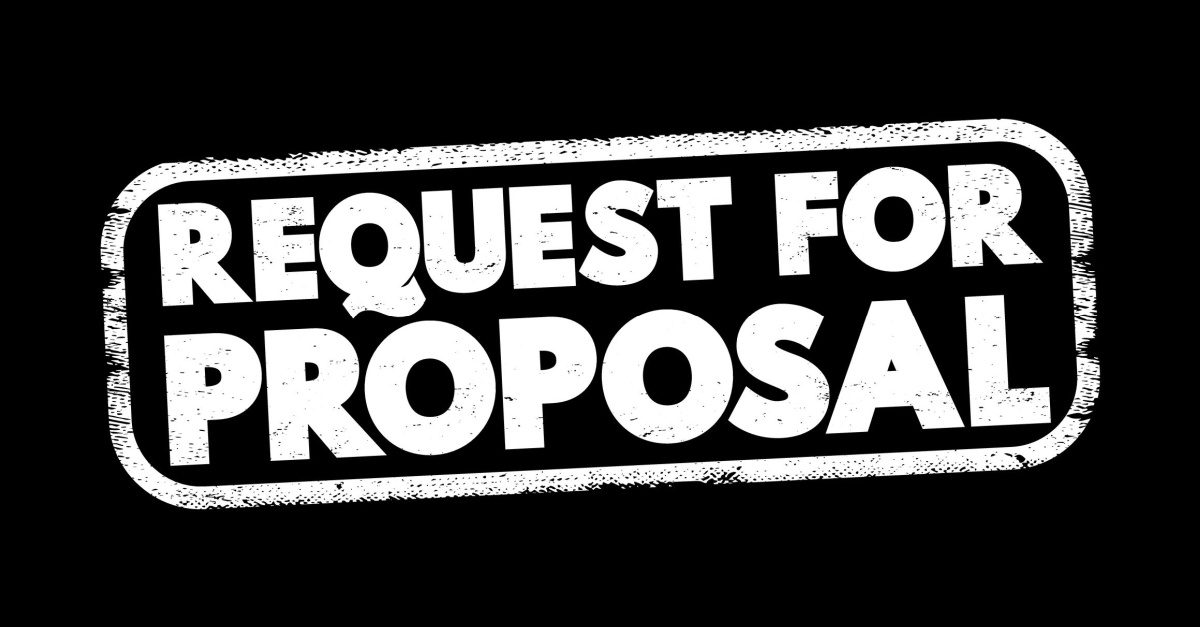
First Time Bidding On A Design Project? Here’s What You Need To Know
Embarking on your first design project bid can be both exciting and daunting. Whether you’re a freelance graphic designer, a textiles designer, an aspiring interior decorator, or part of a budding web design agency, understanding the intricacies of the bidding process is crucial for success in the competitive design industry.
Understanding the Brief
It’s essential to thoroughly understand the project brief before you even think about putting together a bid. This document outlines the client’s expectations, project scope, and desired outcomes. Take the time to read it carefully, noting any specific requirements, deadlines, or unique challenges.
Don’t hesitate to reach out to the client for clarification if anything is unclear. It’s better to ask questions early on than to make assumptions that could lead to misunderstandings later. This proactive approach also demonstrates your attention to detail and commitment to meeting the client’s needs.
Researching the Client
Knowledge is power when it comes to bidding. Research the client’s company, industry, and competitors. Understanding their brand identity, target audience, and market position will help you tailor your proposal to their specific needs.
Look for recent news or press releases about the company. Have they launched new products or services? Are they undergoing a rebranding? This information can help you align your design concepts with their current business objectives.
Assessing Your Capabilities
Be honest about your skills and resources. Can you realistically deliver what the client is asking for within the given timeframe? If the project requires specialised skills or software you don’t possess, consider whether you need to collaborate with other professionals or invest in new tools.
Remember, it’s better to turn down a project than to take on something you can’t deliver to a high standard. Your reputation in the design community is valuable, and maintaining it should be a priority.
Calculating Your Costs
Pricing your services accurately is crucial. Consider all potential costs, including:
- Your time (including research, design work, revisions, and client communication)
- Software and equipment usage
- Any outsourced work or collaborations
- Overheads (e.g., studio rent, utilities)
- Tax implications
Don’t forget to factor in a profit margin.
A Great CV Matters
While your portfolio showcases your design skills, your CV demonstrates your professional experience and qualifications. Even in the creative industry, a well-crafted CV can set you apart from the competition.
Tailor your CV to highlight skills and experiences relevant to the specific project. Include any relevant qualifications, such as degrees from UK design schools or certifications from professional bodies. Use a CV template for the specific industry, such as a retail resume template, to help you ensure you are hitting the key areas. This will save you time and help you to stand out.
Remember to keep your CV concise and visually appealing. As a designer, your CV is also an opportunity to showcase your layout and typography skills. However, ensure that readability remains the top priority.
Crafting a Compelling Proposal
Your proposal is your opportunity to shine. Start with a brief introduction that demonstrates your understanding of the project and enthusiasm for the work. Outline your proposed approach, including your design process, timeline, and deliverables.
Be specific about what the client will receive. Will you provide multiple concept options? How many revision rounds are included? What file formats will the final designs be delivered in? Clear communication at this stage can prevent misunderstandings later.
Include case studies or examples of similar projects you’ve completed successfully. If you’re new to the industry, you might use personal projects or pro bono work to demonstrate your capabilities.
Setting Realistic Timelines
Time management is crucial in design projects. Be realistic about how long each phase will take when setting your project timeline. Include time for client feedback and revisions, as these often take longer than anticipated.
It’s often better to slightly overestimate the time needed and deliver early than to underestimate and miss deadlines. Use project management tools like Trello or Asana to help you plan and track your workflow effectively.
Addressing Potential Challenges
Every project has potential hurdles. Demonstrating that you’ve considered these and have strategies to address them can instil confidence in your abilities. This might include how you’ll handle potential delays, manage scope creep, or resolve creative differences.
Be prepared to discuss your problem-solving approach during client meetings. Your ability to navigate challenges professionally can be as important as your design skills.
Understanding Legal and Contractual Aspects
Familiarise yourself with standard contractual terms in the UK design industry. The Design Business Association offers resources and templates that can be helpful for first-time bidders.
Be clear about intellectual property rights. Will you transfer full ownership of the designs to the client, or will you retain certain rights? How will the work be credited? These are important considerations that should be addressed in your proposal and subsequent contract.
Presenting Your Bid
How you present your bid can be almost as important as its content. If you’re pitching in person, practice your presentation beforehand. Be prepared to explain your design rationale and how it aligns with the client’s goals.
If you’re submitting a written proposal, ensure it’s well-designed and error-free. Remember, as a designer, every document you produce is a reflection of your professional standards.
